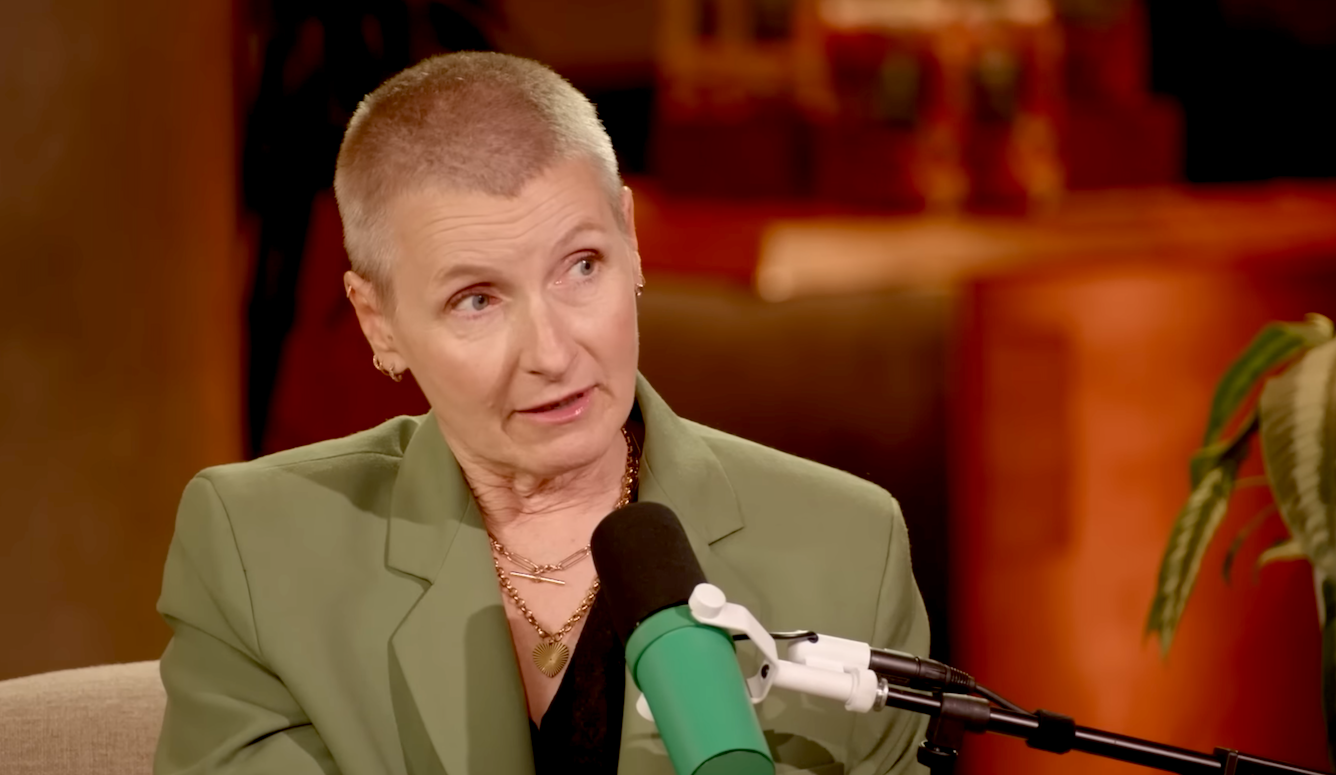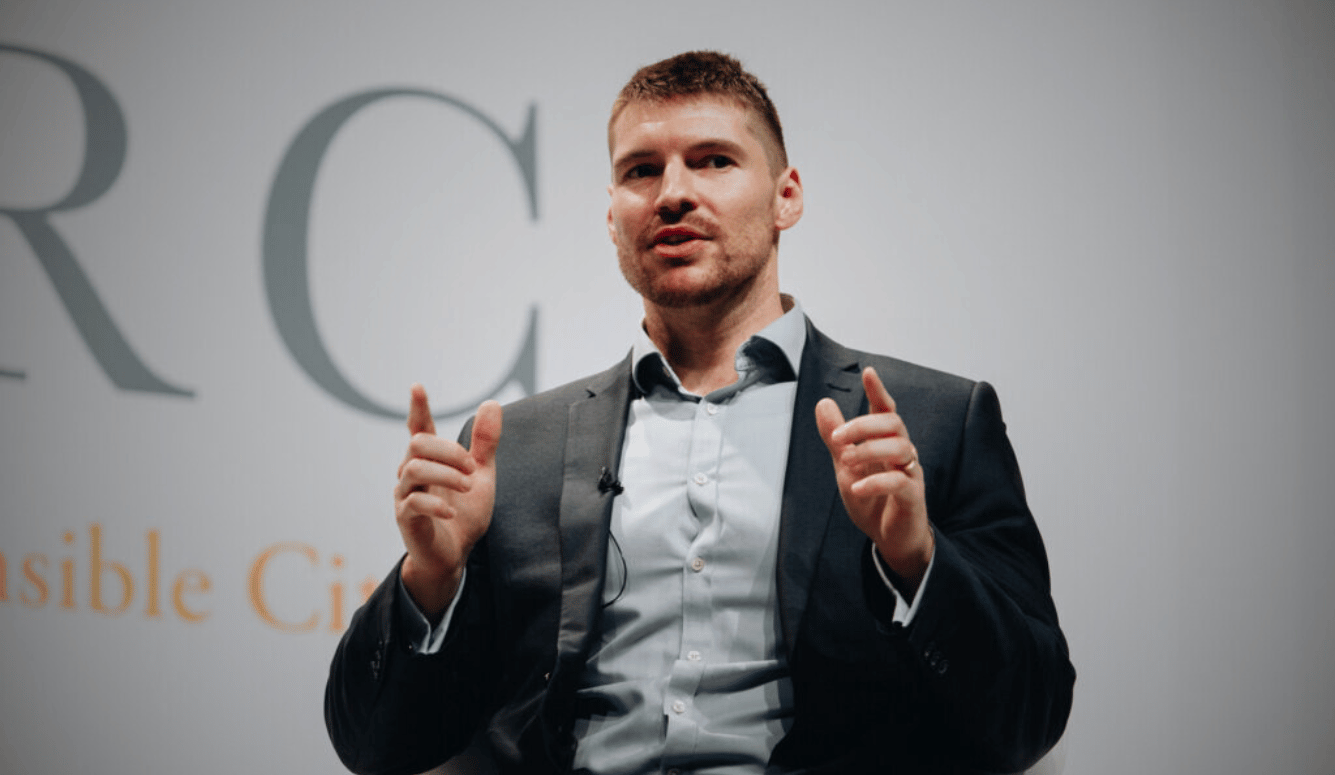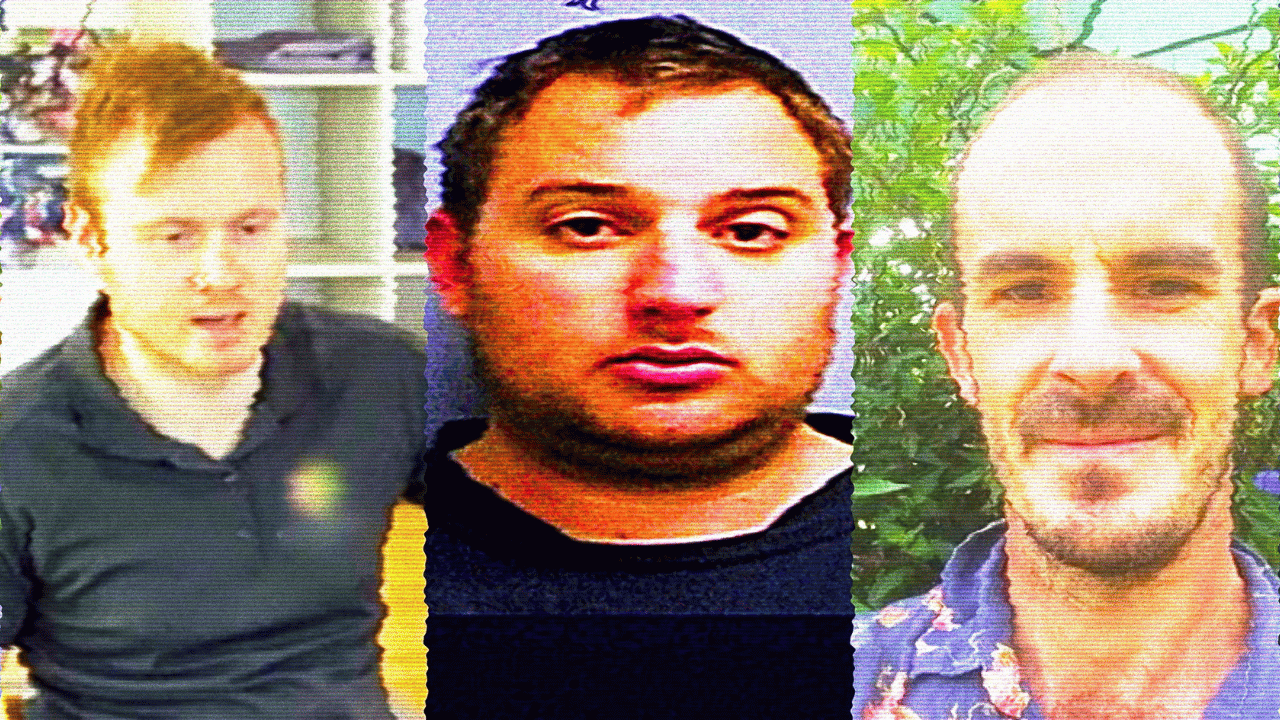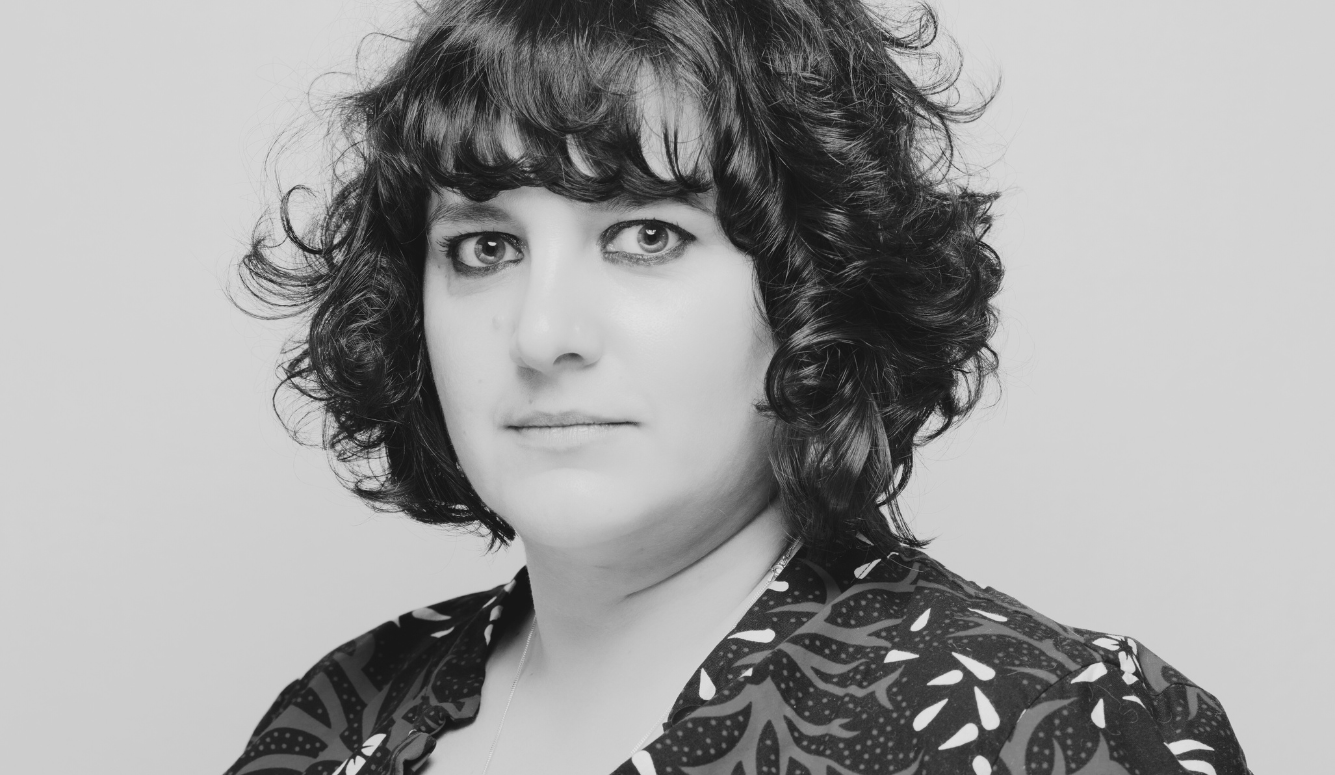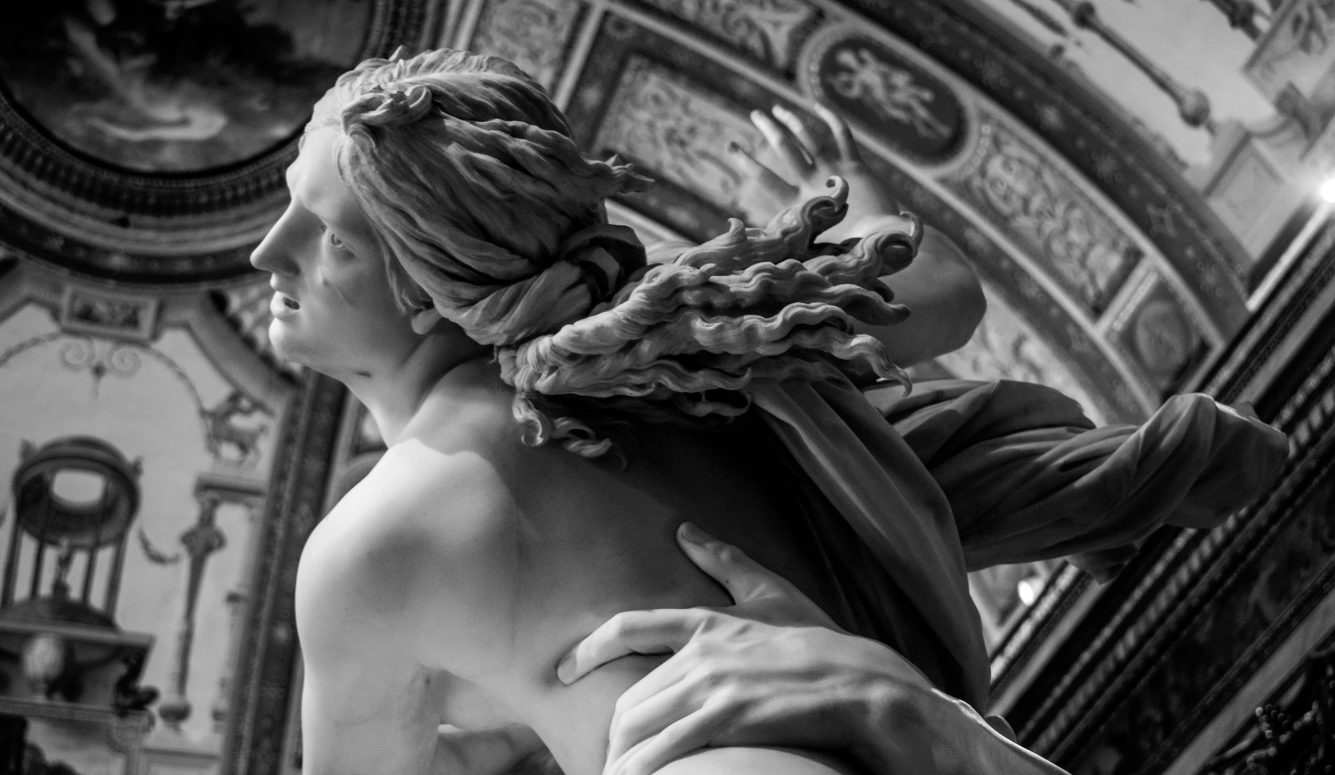Top Stories
The Universal Structure of Storytelling
Storytelling is then—in every era and every culture—a dramatization of the everlasting war between the princesses and the tigers.
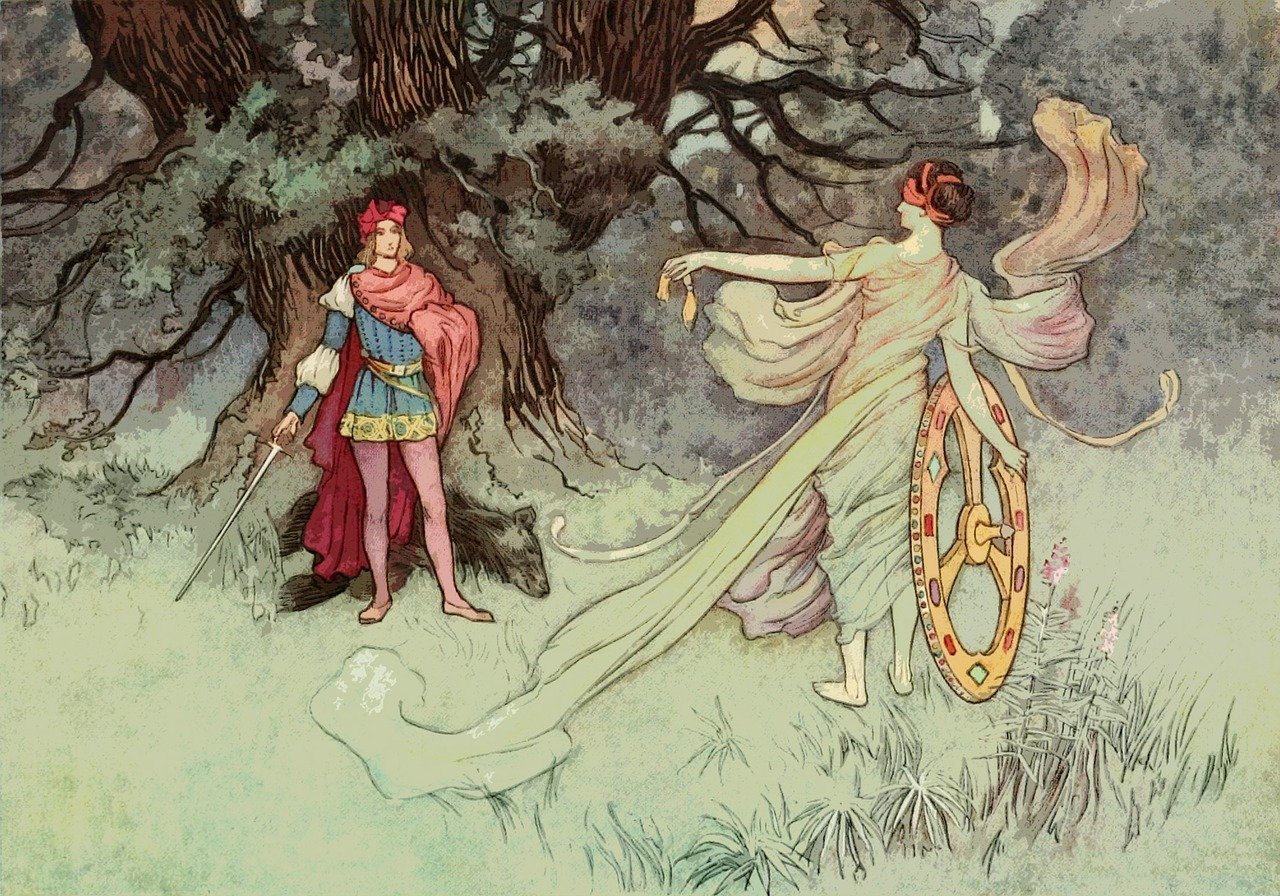
Editor's note: what follows is a lightly edited excerpt of The Story Paradox: How Our Love of Storytelling Builds Societies and Tears them Down, by Jonathan Gotschall, published by Basic Books (November 2021).
In the mid-2000s I set out, along with my colleagues Joseph Carroll, John Johnson, and Dan Kruger, on a large-scale study of classic Victorian novels by such authors as Jane Austen, George Eliot, and Charles Dickens, among many others. We distributed a survey to hundreds of knowledgeable people—professors, graduate students taking courses on Victorian literature, and authors who had published articles or books in the field. The respondents rated the attributes of characters in the novels exactly as if these fictional people were actual people.
We wrote up the results in our book, Graphing Jane Austen: The Evolutionary Basis of Literary Meaning. The main finding had to do with something we called agonistic structure, which we took to be a fundamental structural element of storytelling in much the same way that roofs are fundamental to houses. For all the variety in these novels, for all the differences in personality and gender and background of authors stretching over a century, they made strikingly similar choices regarding characterization. As a whole, Victorian novels reflect a sharply polarized fictional universe of good people (the protagonists and their allies) and bad people (the antagonists and their allies) locked in conflict. Overwhelmingly, protagonists looked to cooperate and work toward the common good while antagonists sought to dominate for selfish ends.
When we published Graphing Jane Austen, many readers were thunderstruck. Only not by the results themselves—but by the fact that a team of PhD scientists and scholars would dare to publish such obvious findings. After all, Victorian novels have a reputation for priggishness. But we were thrilled with the results because they actually do portray something anomalous. We’re all just so desensitized to the anomaly that it hides in plain sight.
From one point of view, it’s obvious that, despite exceptions, most stories portray “goody-baddy” dynamics—from nursery rhymes to juicy gossip, from ancient folktales to Holy Scripture, from lowbrow reality shows to award-winning documentaries.
The question is, why?
The Graphing Jane Austen team was inspired by the work of the anthropologist Christopher Boehm, who gained renown in the early 2000s for demonstrating that the lives of hunter-gatherers were typified not by the every-man-for-himself behavior that most associate with Darwinism but by a much gentler ethic of communalism and egalitarianism.
The golden rule of hunter-gather life is pretty simple: Do everything to bring the band together; do nothing to split it apart. Don’t sow division. Don’t hog up more than your share (of food, sex partners, attention). If you happen to be blessed with muscle, don’t throw it around. If you happen to be a great hunter or a dazzling beauty, don’t flaunt it over others. Be one of the good guys, in other words. Of course, if there’s an instinct in humans to get along with each other in groups, there’s also an instinct to get ahead. We proposed that agonistic structure in stories generally, not just in Victorian novels, reflects the ancient morality of hunter-gatherer life. Living in groups, as humans must, means constantly balancing our selfish impulses with group needs. Protagonists of stories properly balance individual self-interest with the needs of the group. In general, protagonists sacrifice their self-interest for the common good when the two are in conflict. Not antagonists. Pretty much the definition of a bad person among hunter-gatherers is the bad team player who reliably puts his or her own interests above the group’s.
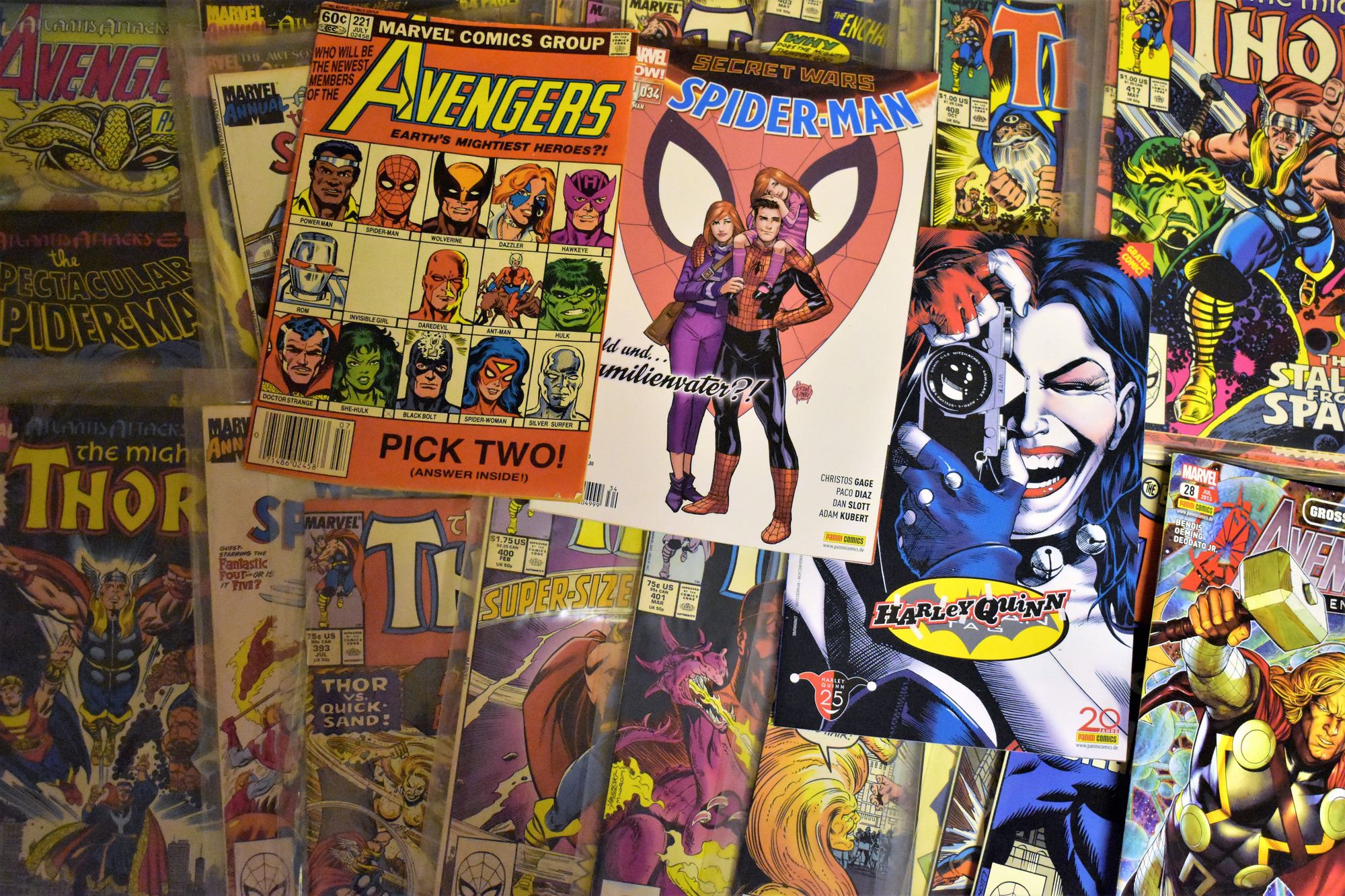
Drawing partly on our work in Graphing Jane Austen, the communications scholar Jens Kjeldgaard-Christiansen builds an instruction manual for creating powerful antagonists: “Evolutionary psychology supplies a basic blueprint for impactful villains: they are selfish, exploitative, and sadistic. They contravene the prosocial ethos of society.” Giving a little creative writing advice, he continues, “Antagonists should be hyper-individualistic bullies. They should threaten the social order and induce righteous indignation in protagonists, incentivizing them and their peers to band together, fight back, and finally affirm their prosocial values.”
Kjeldgaard-Christiansen is describing the archetypal villain, the one who has been haunting stories in different guises since the origins of humanity. The villain is always the same deep down: he’s the guy who wants to split us apart. She’s the selfish one at work. The ball hog at the pickup game. The jerk who steals your parking spot. The murderer hiding in the bushes. The selfish bastard who’s going to subvert the egalitarian ethos that holds the community together. And who’s the hero? The term hero evokes ancient associations with physical muscle and physical courage. But with much greater predictability, protagonists embody moral virtues, not physical ones. The protagonist is rarely a saint and not just because saints are boring. An interesting protagonist must have room for improvement. Creative writing teachers sometimes call the main protagonist of a story “the transformational character.” Main antagonists usually don’t evolve. Main protagonists do. In most cases, the transformation is moral. Protagonists go from being takers to givers. From blindness to sight. From confusion to understanding.
Storytelling is then—in every era and every culture—a dramatization of the everlasting war between the princesses and the tigers. Protagonists struggle to lay down the stitching that binds families, friends, and communities together. Antagonists seek to find those seams and rip them apart. Stories unfold as races: Who can do their work better and faster, the princesses or the tigers? The weavers or the cleavers?
In most tales, the protagonists struggle hard and eventually win out. But the larger war between the human animal’s best and worst angels is ultimately unwinnable. And so the archetypal heroes and villains must be resurrected again and again to do battle until the end of time.
Stories make tribes
In Graphing Jane Austen, we argued that storytelling—like other forms of human art-making—has deep roots in the well-being of tribes as well as individuals. Story is one key solution to the problem of maintaining cooperation and cohesion within human communities. The moralism we see in our tales doesn’t just reflect our evolved morality—it strongly reinforces it.
My colleagues and I aren’t alone in these views. In his book Grooming, Gossip, and the Evolution of Language, the primatologist Robin Dunbar argues that human language first evolved for the purpose of telling stories—namely, gossip tales about who was playing by tribal rules and who wasn’t. Dunbar and other scientists stress that gossip, although it has a bad reputation, helps a community function by policing moral infractions. If Dunbar is right, this goes a long way toward explaining humanity’s ongoing and probably incurable addiction to moralistic stories that are so like the gossip tales we’ve been sharing since our species first learned to talk.
Dunbar has since studied story’s capacity to weave groups together with biochemical thread. He has shown, for example, that when we watch an emotionally arousing dramatic film our nervous system releases the endogenous opioids known as endorphins— this is the same neurobiological mechanism known to underpin bonding in humans and other primates. After viewing an emotionally intense drama, viewers have higher endorphin levels and report feeling a stronger sense of connection and belonging with the people around them.
Dunbar proposes that storytelling is just like other art forms, such as singing and dancing, that pull us together in groups, trigger a similar release of bonding chemicals in the brain, and enhance a sense of group solidarity. Nowadays, we mainly consume stories alone or with our immediate families. But recall that up until the invention of the printing press around 600 years ago most formal storytelling was oral and often festive and it was performed for groups of people by tellers or actors. In other words, story was an overwhelmingly communal activity, where people were transported together into storyland to experience the same simulations of morally charged scenarios and the same floods of ideas and emotions.
While Dunbar studies the neurobiology of stories in the lab, the anthropologist Daniel Smith and his colleagues have begun studying its effects in the field. In the study of Agta hunter-gatherers, researchers tested the idea that story evolved to promote cooperative norms in groups. They found not only that the Agta put a premium on good storytelling but also that the prosocial messages in the tales actually sink in and modify group behavior. Agta bands that boasted strong storytellers also functioned better as cohesive and harmonious teams.
In the spirit of a picture being worth a thousand words, this whole hypothesis is neatly encapsulated in a famous Life magazine portrait of a Khoisan storyteller.
Marvel at the tribal unity the teller has generated. He’s brought his people together, skin up against skin, mind up against mind, as he spins a tale pregnant with lessons that will promote the band’s flourishing. I don’t linger on this image because it represents “primitive” people involved in a primitive behavior (the Khoisan aren’t primitive). I linger on this image because it’s an utterly timeless expression of story’s ongoing role in weaving individual people into functional collectives.
Not moral, moralistic
Tellers and critics who reflexively bristle at the very mention of a “moral of the story” are, I think, actually objecting to two different things. First, they’re objecting to the hokey way “morals of the story” are presumably delivered. But a morality tale need not be hokey, nor must it suggest that our ethical dilemmas are easy. For example, HBO’s The Wire seems to be the leading candidate among critics for the greatest television show of all time. But it’s also a deeply moralistic cry of sorrow and rage about the way America’s drug war has corrupted the fighters on both sides.
And while antihero shows like Breaking Bad and The Sopranos are praised for their sophisticated storytelling, the ethical messages are as stark and clear as any morality play’s. Thanks to the painful ambiguity of the final episode of The Sopranos, we will never know what happened to Tony Soprano. But one thing’s pretty clear: Tony is a bad man who will not live happily ever after. He may well survive his supper, but he will live out the time left to him in a condition of dread. Similarly, Breaking Bad ended with the drug lord née school teacher Walter White lying gut shot on a concrete floor as Badfinger’s 1971 hit “Baby Blue” plays in the background. The first line of the song: “Guess I got what I deserved.”
The second reason many tellers and critics think they are against “morals of the story” is itself deeply moralistic. When it comes to the ethical character of stories, history’s tetchiest scolds have mainly been conservative types (Plato in The Republic, the Elizabethan critic Thomas Rymer, Anthony Comstock at the turn of the 20th century, and so on) who’ve advocated for a harsh, narrow, and old-fashioned morality. Liberal storytellers may decry this closed-off morality, but it doesn’t mean that they aren’t themselves fiery moralists. They’re just, as with the writers of The Wire, promoting complex, multilayered moral views, not stodgy conservative ones. They mistake what they object to: they think they’re against “morals of the story,” whereas they are really opposed to conservative morality.
But if most stories are supposed to be either explicit or implicit morality tales, then what about Hitler’s highly dramatized life story, Mein Kampf? Was that moral? What about Thomas Dixon’s 19th-century novel The Clansman, which did so much to popularize and spread the mythology of the Ku Klux Klan and inspired The Birth of a Nation? Was that a moral story? In both cases, of course, the answer is a resounding no!
And yes.
The tireless moralism of storytelling has a very dark, dark side. For now, the claim I’m making isn’t that it’s impossible to write wicked stories or that all stories contain a moral message that everyone can agree on. For example, a story about the depravity of abortion would split modern American audiences down the middle.
My claim is narrower: the moral structure of prosocial protagonists holding the group together against antisocial antagonists applies as an overwhelming statistical reality. So Mein Kampf is that story (Jews and other undesirables are the archvillains of civilization and must therefore be eradicated). The Clansman is that story (black people are an existential threat to the dominant culture and must therefore be ruthlessly suppressed).
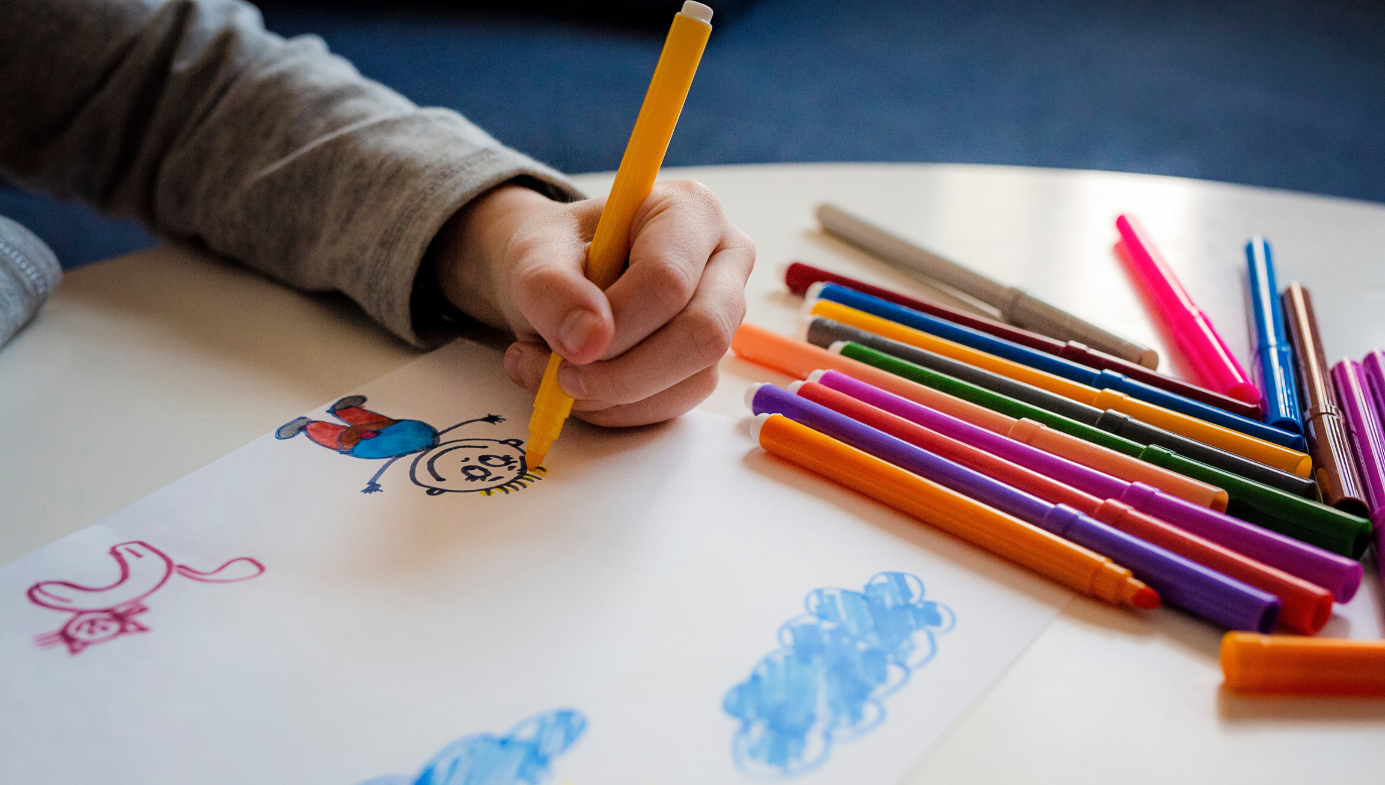
To sum up, I’m saying that stories are generally less moral—in the sense of capturing universal principles—than they are moralistic. In the same way that it’s hard to write a compelling story that lacks a thorny problem, it’s very hard for tellers to escape the deep moral gravity of stories. Problem structure and moralistic structure are the twin stars that tale-tellers helplessly orbit around. It’s possible, with exertion, to bust free of this orbit, and some tellers have tried. But they’ve mostly found that few people want to follow them as they break out of the comforting groove of the universal grammar and float off into the cold, black void.
The deeply moralistic, judgy character of stories is embedded in the very word story, which is derived from the ancient Greek historía. This is obviously where we get our word history, but it’s also where we get our word story. The oldest meaning of the root word hístōr, going back to how it’s used in Homeric-era Greek, indicates a referee, wise man, or judge. This suggests that stories, including historical stories, aren’t just neutral accounts of events but renderings of judgment upon them.
The judgy connotations of the word story have died away along with knowledge of ancient Greek. But the judginess of our stories is nonetheless as pronounced as ever. A story, as the media psychologist Dolf Zillmann puts it, turns its consumer into a “moral monitor who applauds or condemns the intentions and actions of the characters.” And we play our monitoring role with gusto. We love the sensation of righteous indignation and the satisfying payoff of justice delivered. As the literary scholar Northrop Frye points out in The Anatomy of Criticism, “In the melodrama of the brutal thriller we come as close as it’s normally possible for art to come to the pure self-righteousness of the lynching mob.” And studies back this up: people get more satisfaction out of stories in which offenders are punished rather than forgiven.
The unstoppable moralism of stories has a big upside for within-group bonding. But the universal grammar of stories can also be paranoid and vindictive. Stories show us problem-drenched worlds and encourage us to turn on the people who are lousing things up. In other words, to proliferate narratives is to proliferate villains. To proliferate villains is also to proliferate rage, judgment, and division.
Excerpted, with permission, from The Story Paradox: How Our Love of Storytelling Builds Societies and Tears them Down, by Jonathan Gotschall. Published by Basic Books.


